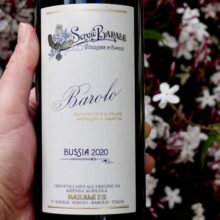
Product information
Barale Barolo ‘Bussia’ 2020
Nebbiolo from Piedmont, Monforte d'Alba, Italy, Bussia, Barolo
$183
Description
Moving to Monforte at the top of Bussia we see the hallmarks of the top Bussia. The acid tannin complex is true to the form for the commune showing a playful grip. Bright red fruit with a certain delicacy combine with energetic acid.
A fine Bussia with considerable depth and length. A delicate perfume over the top of a very fine transparent Barolo. Thirst quenching. Lovely red and savoury fruit. Delicate Bussia yet still with generosity, now there’s a trick. Complete refined. Delicious. Mouthwatering. An exceptional rendition from an important vineyard. Restraint and sophistication.
The 2020 Barolo Bussia is laced with hints of sweet pipe tobacco, cedar, mint, leather and dried herbs. There’s good inner sweetness behind all the acid and tannin, it just needs time to emerge. A host of floral, spice and savory notes lifts the finish nicely. This embryonic Barolo is promising.
Antonio Galloni, Vinous 93 Points KO 95
In stock



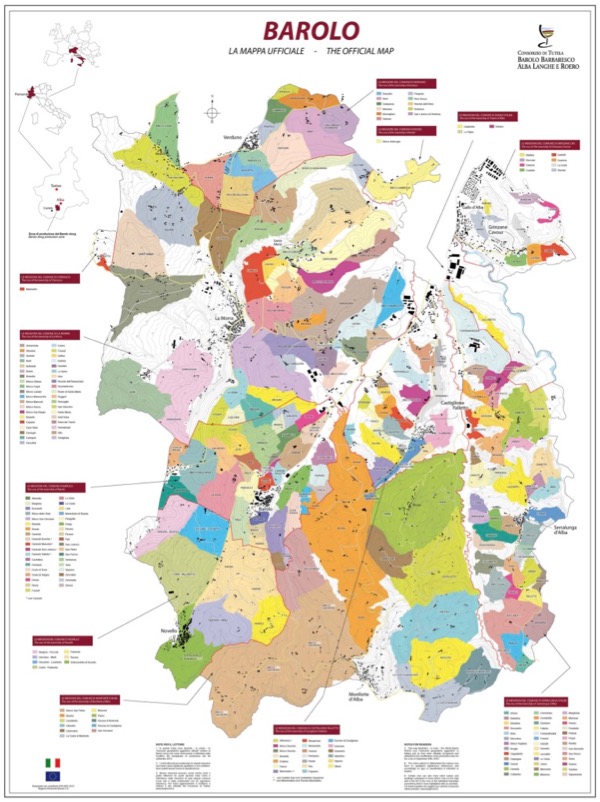
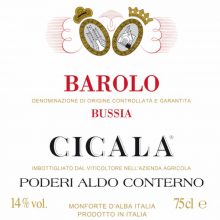
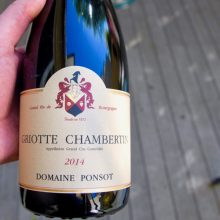
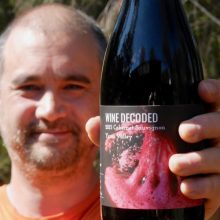
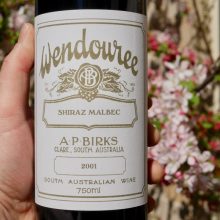
You must be logged in to post a comment.